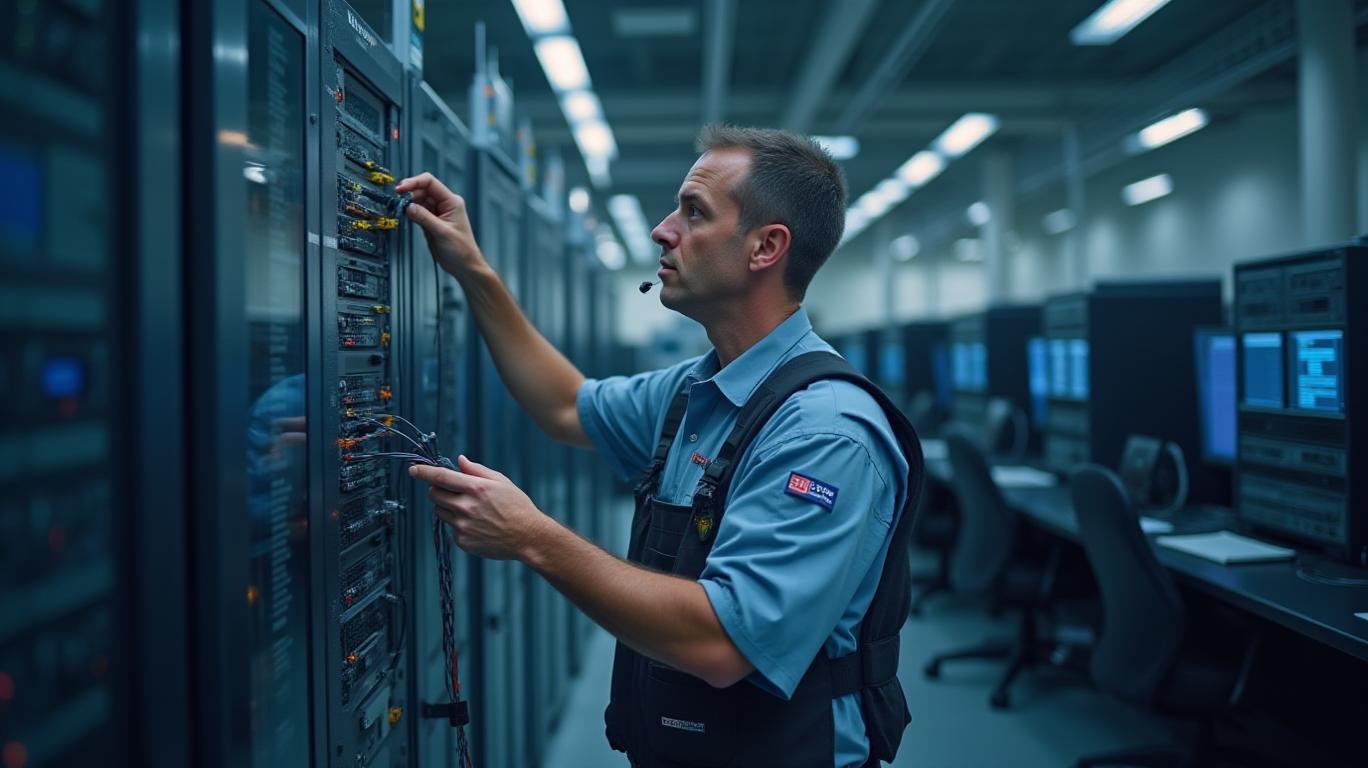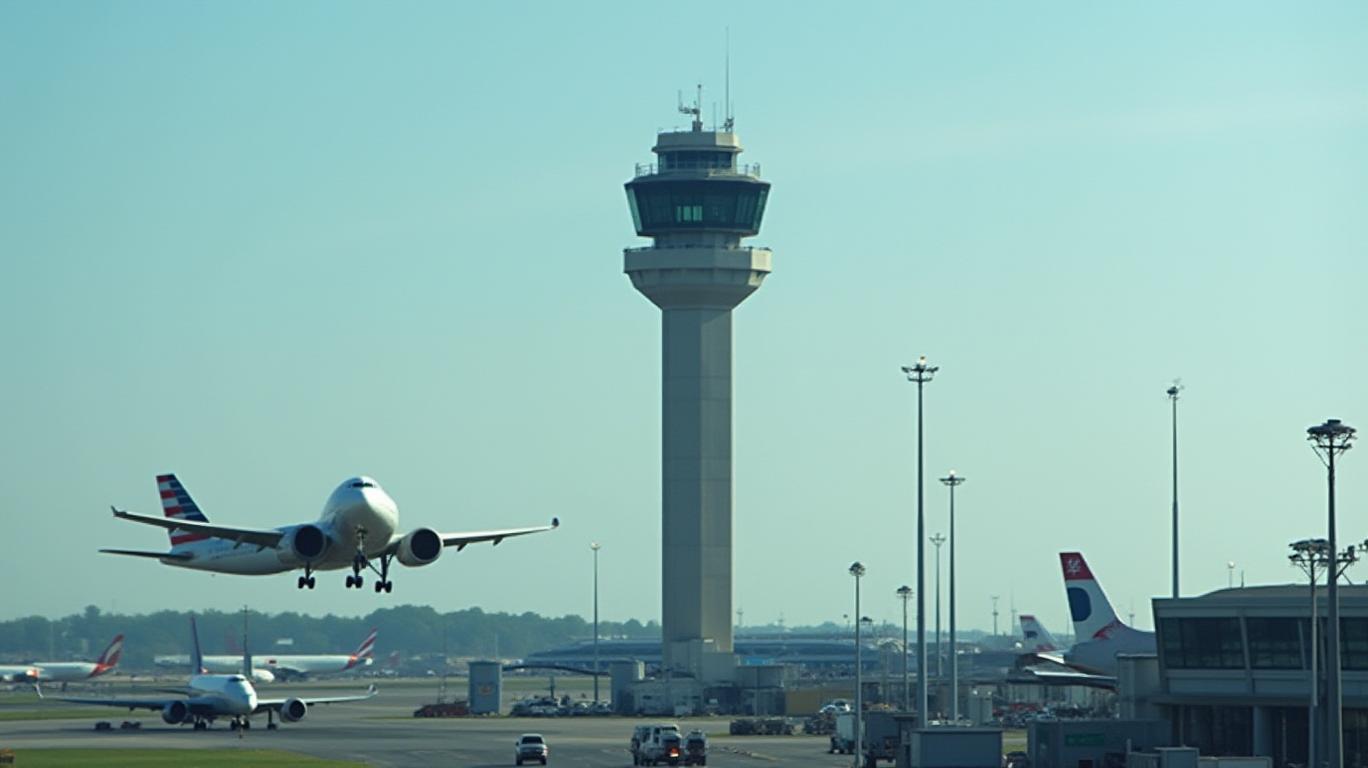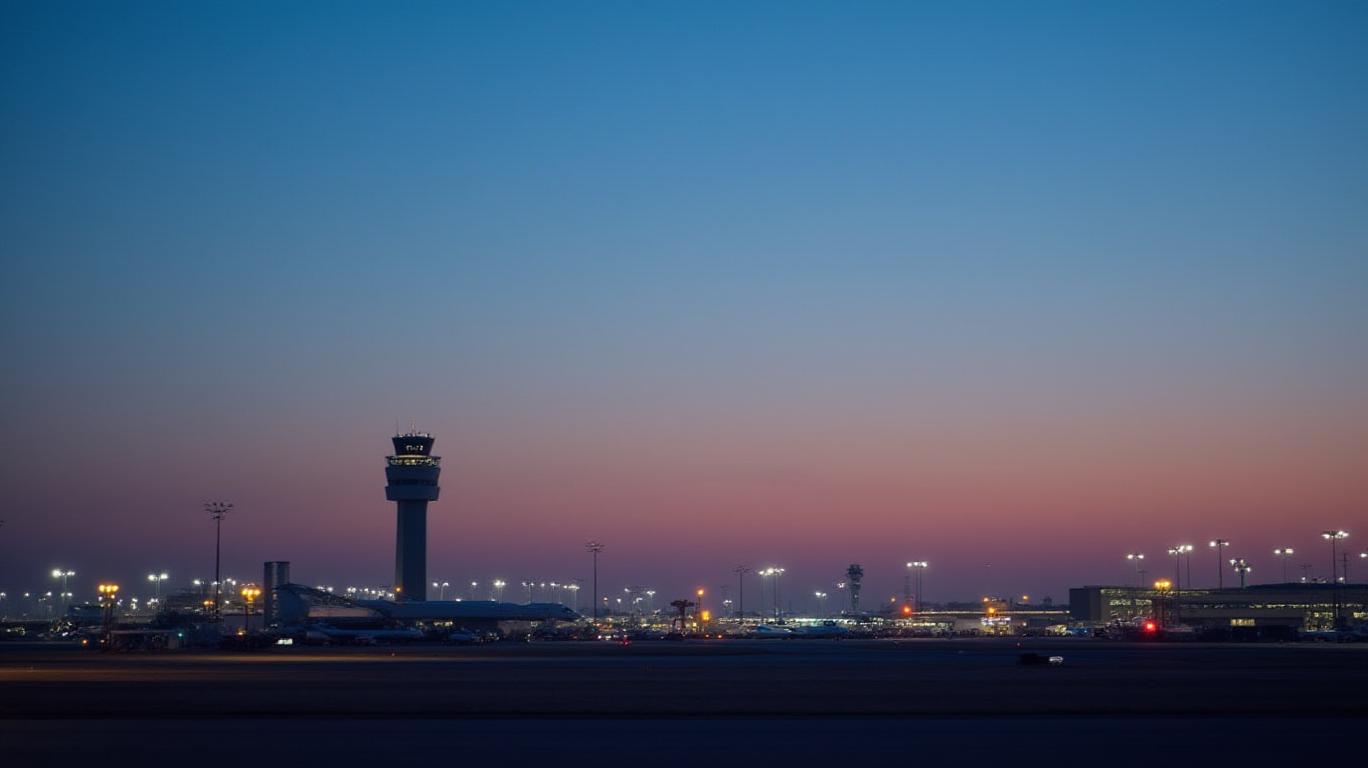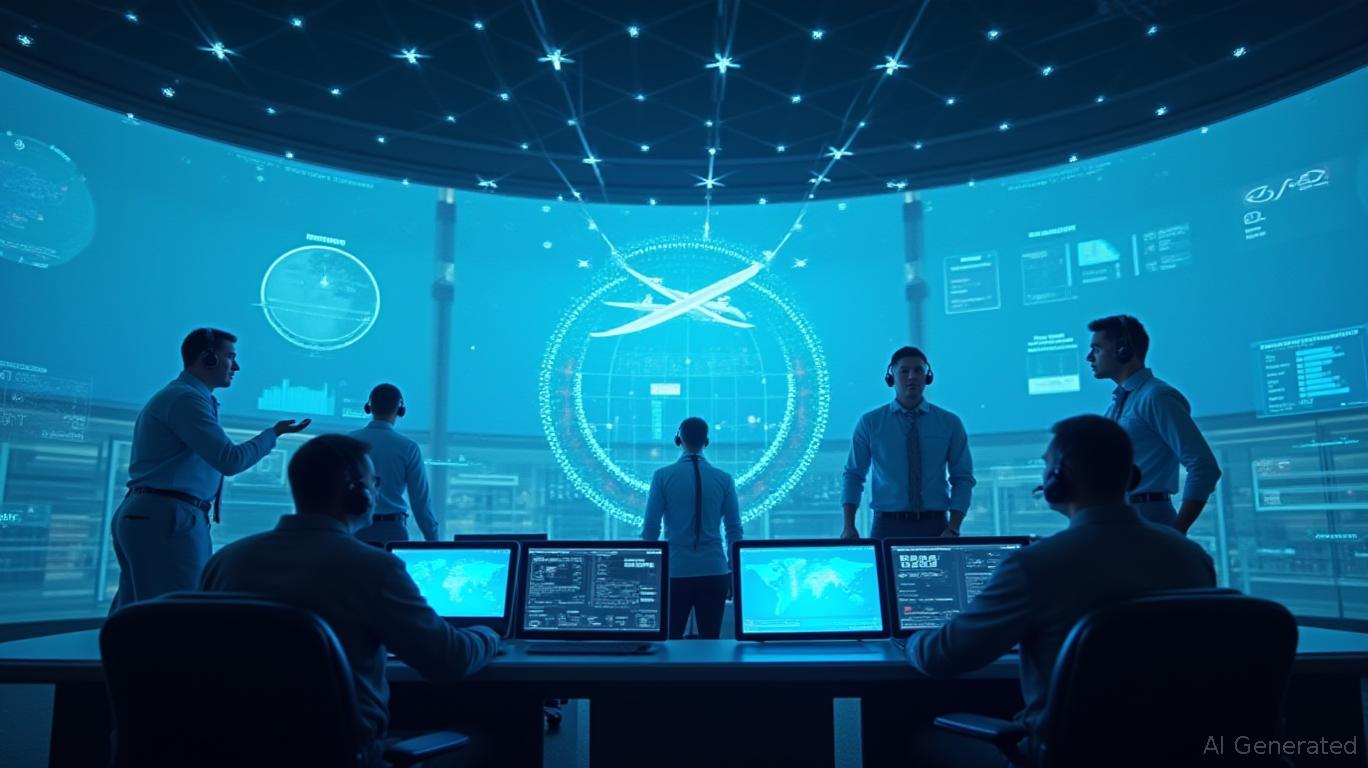Telecom Woes at Newark Airport Signal Investment Crossroads in Air Traffic Modernization
The recent telecom-related disruptions at Newark Liberty International Airport (EWR) underscore a critical inflection point for U.S. air traffic control infrastructure—and the telecom sector’s role in its transformation. A series of outages, caused by outdated systems and staffing shortages, have triggered cascading delays, cancellations, and safety concerns. For investors, this crisis presents both risks and opportunities. Below is a deep dive into the systemic flaws, the companies positioned to capitalize on modernization efforts, and the risks lurking in the shadows.
Root Causes: A Perfect Storm of Aging Tech and Mismanagement
The FAA’s air traffic control system, relying on Windows 95-era software, 1980s copper wiring, and radar systems from the 1970s, is the bedrock of a crumbling infrastructure. Recent outages, such as a 90-second radar blackout on April 28, exposed how these systems—described as “fragile” by officials—fail to handle modern demands. Key issues include:
- Radar Data Misconfiguration: Newark’s radar feeds were improperly routed through a decommissioned Long Island facility, introducing latency and reliability risks.
- Telecom Failures: Legacy copper lines, prone to power supply failures, caused voice and data communication breakdowns between controllers and pilots.
- Staffing Shortages: A 3,000-controller deficit nationwide, exacerbated by trauma-related absences (e.g., five controllers seeking medical leave after April’s outage), strains an already overburdened system.
Ask Aime: What impact will outdated air traffic control systems and staffing shortages have on the telecom sector?
Investment Opportunities: Verizon at the Forefront of Modernization
The FAA’s $40 billion overhaul plan—targeting fiber-optic upgrades, controller recruitment, and software modernization—is a goldmine for telecom firms. Verizon (VZ) stands out as the primary beneficiary, tasked with replacing 4,600 miles of outdated copper wiring with fiber-optic networks. This project alone could generate multiyear revenue streams, while reducing single points of failure.
Ask Aime: How can I invest in Verizon for the FAA's $40 billion overhaul plan?

Satellite innovators like SpaceX’s Starlink also loom large. Testing satellite-based air traffic systems in Alaska, Starlink could disrupt legacy telecom models by offering a resilient, cloud-driven alternative. Meanwhile, Boeing (BA) is developing next-gen air traffic management software, aligning with the FAA’s push toward digitization.
The ETF Play: Aerospace & Defense Funds Gain Momentum
The iShares U.S. Aerospace & Defense ETF (IAF) has surged 12% YTD in 2025, reflecting investor optimism about modernization spending. This ETF tracks firms like Boeing and Honeywell (HON), which supply critical systems for upgraded ATC networks.
Risks: Delays, Politics, and Disruption Lurk
While opportunities abound, execution risks are significant:
1. Funding Hurdles: The FAA’s plan faces bipartisan squabbles over budget allocations. Over 50% of its systems are deemed unsustainable, yet Congress has yet to fully fund the overhaul.
2. Legacy System Dependencies: Airlines like United (UAL) face operational headwinds as delays sap revenue. If modernization lags, telecom firms may see reduced demand for upgrades.
3. Satellite Competition: Starlink’s progress could disrupt Verizon’s dominance, forcing telecom providers to innovate or risk obsolescence.
Conclusion: Telecom’s Crossroads—Invest with Caution, but Invest Boldly
The Newark crises reveal a stark truth: U.S. air traffic control infrastructure is nearing collapse. For investors, Verizon’s fiber-optic contracts and Boeing’s software solutions offer tangible upside, while Starlink’s satellite ambitions signal long-term disruption. However, success hinges on bipartisan cooperation, timely execution, and adapting to emerging technologies.
The stakes are enormous. A $40 billion modernization could unlock $100 billion in economic benefits by 2030 by reducing delays, fuel waste, and safety risks. Conversely, delays or underfunding could prolong chaos for travelers and investors alike.
Final Takeaway: Telecom firms at the heart of infrastructure upgrades—like Verizon—deserve a closer look, but pair them with broad exposure via ETFs like IAF. Stay wary of legacy telecom players reliant on outdated systems and monitor political progress closely. The sky is not falling yet—but without action, it soon could be.










